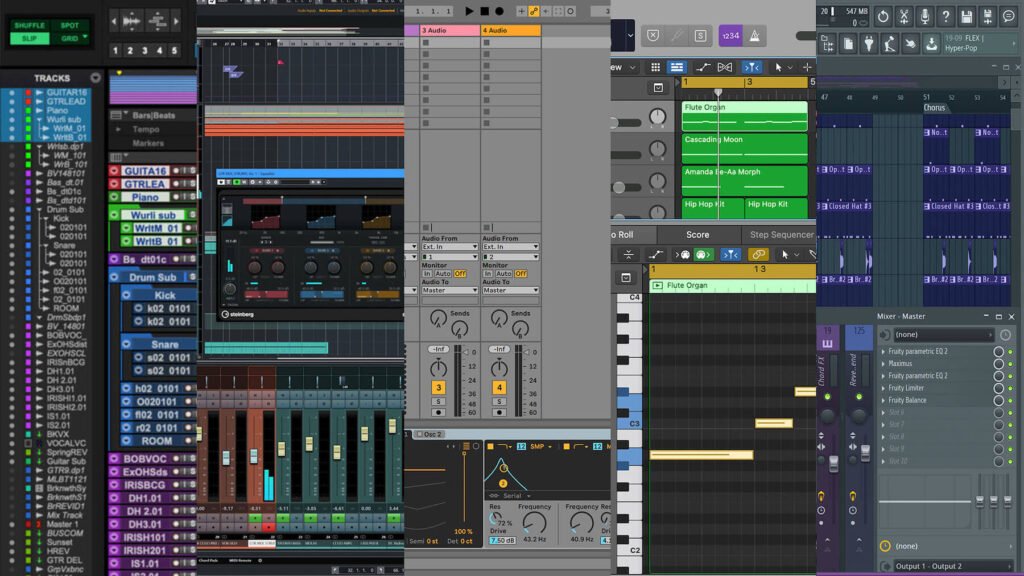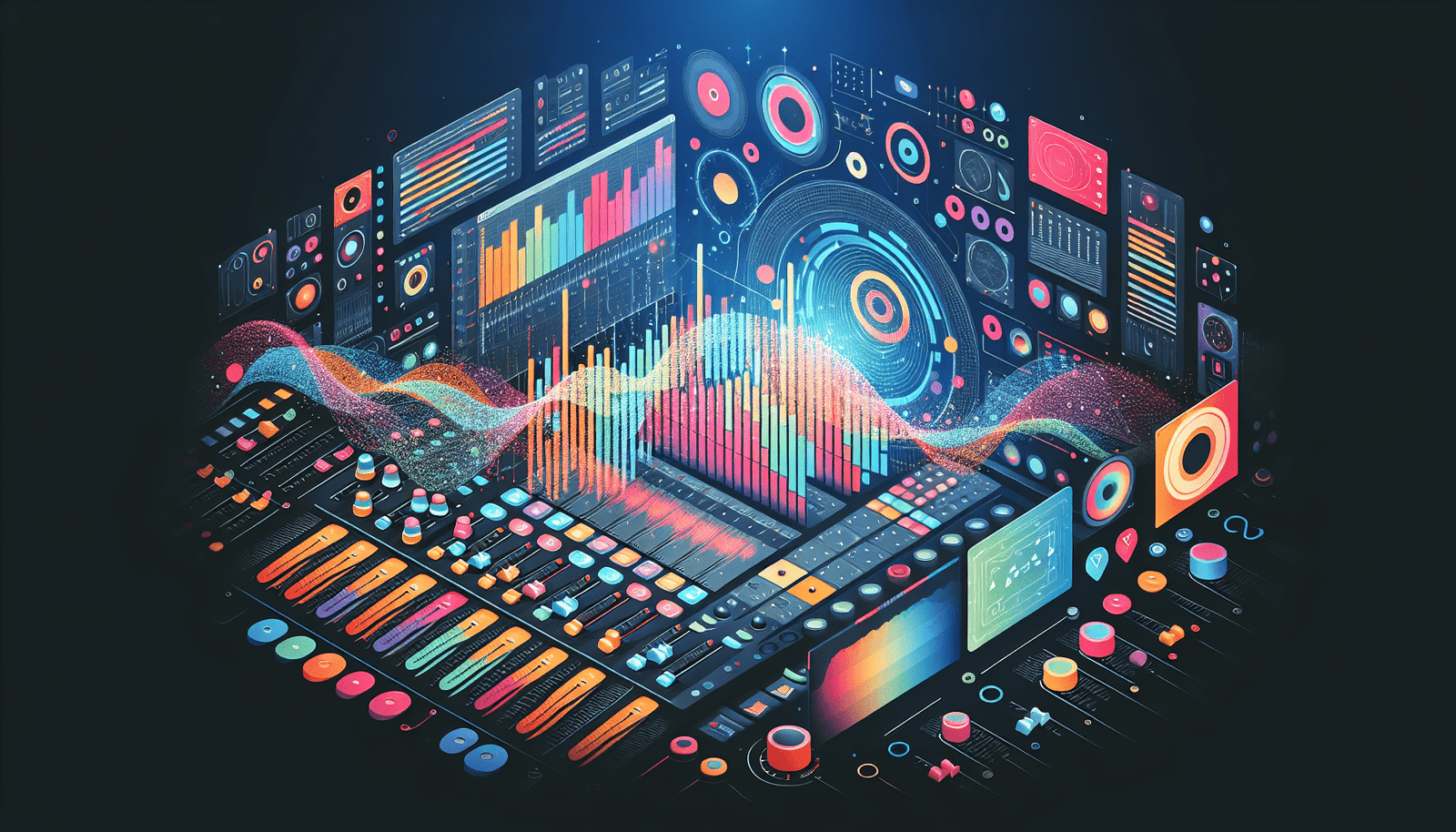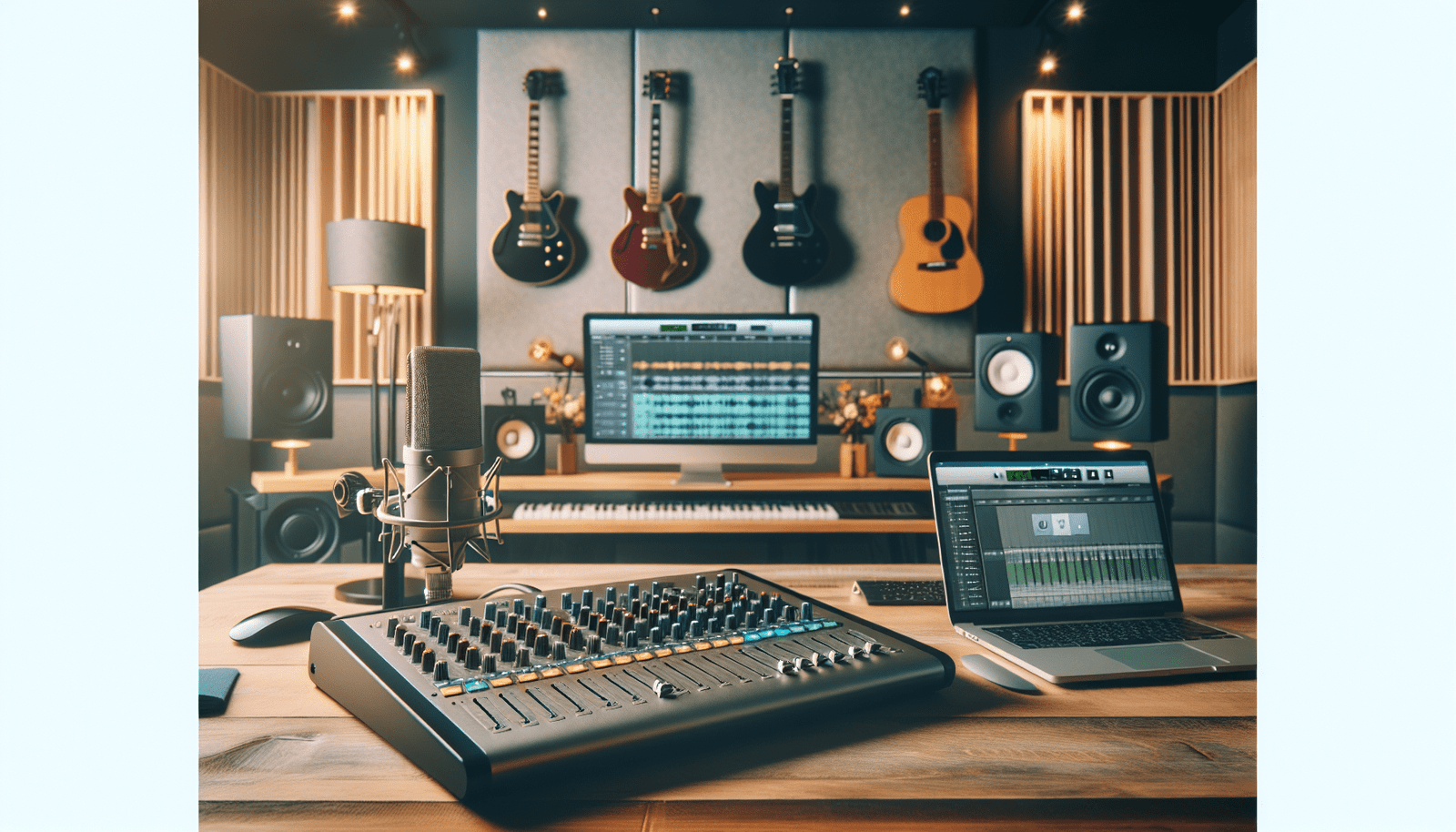What truly makes a music production software stand out for your Mac? With so many options available, it can be tough to determine which tools will best support your creativity and workflow. Whether you’re an aspiring producer or a seasoned musician, the right software can significantly influence your ability to create amazing music. Let’s break down the essentials you need to consider while choosing the best music production software for your Mac.
What to Look for in Music Production Software
Choosing the perfect music production software is about finding the right features that suit your style. You’ll want to consider factors such as user interface, available instruments, effects, and the overall workflow. Let’s explore these elements further.
User Interface
A clean and intuitive user interface can drastically improve your experience. If the software is cluttered and confusing, it will likely slow you down and make the creative process more difficult. Look for software that feels comfortable for you.
Available Instruments and Sounds
The variety of instruments and sounds is crucial for music production. Some software provides robust libraries of virtual instruments, samples, and loops. This expands your creative possibilities and allows you to produce diverse genres of music.
Workflow and Compatibility
How does the software fit into your current workflow? Is it compatible with other tools you regularly use? Being able to seamlessly integrate your DAW with plugins and hardware can greatly enhance your production capability.
Learning Curve
Some music production software is easier to pick up than others. If you’re new to producing, look for options that offer comprehensive tutorials and user support.
Price Point
Budget is always a consideration. There are fantastic free options available, as well as premium software with extensive features. Make sure the investment aligns with your needs.

This image is property of cdn.shopify.com.
The Best Music Production Software for Mac
Let’s take a look at some of the top music production software options specifically designed for Mac users. Each of these choices has unique strengths, so consider your personal preferences and goals as you browse.
1. GarageBand
GarageBand is often the go-to choice for newcomers. It comes pre-installed on every Mac and gives you a great starting point for music production.
- Key Features:
- User-friendly interface
- Extensive library of sounds and loops
- Built-in lessons and tutorials
GarageBand allows you to record vocals and instruments, layer tracks, and apply effects with ease. It’s a fantastic choice for anyone starting in music production, as it provides a solid foundation without overwhelming you with complex features.
2. Logic Pro X
If you’ve outgrown GarageBand, Logic Pro X is the next logical step. It’s more powerful and offers more advanced features that professionals love.
- Key Features:
- Advanced recording and editing capabilities
- Extensive library of samples and loops
- Sophisticated MIDI capabilities
Logic Pro X integrates well with other Apple products, making it a seamless experience for Mac users. Its comprehensive tools make it suitable for everything from songwriting to mixing and mastering, ensuring that you have everything you need to produce high-quality tracks.
3. Ableton Live
Ableton Live stands out for its unique workflow, particularly for electronic music producers and live performers.
- Key Features:
- Session View for improvisation and experimentation
- Versatile audio and MIDI editing
- Extensive array of effects and instruments
One of the key strengths of Ableton Live is its live performance capabilities. If you’re interested in performing your music, this software offers tools to create and manipulate tracks on the fly.
4. FL Studio
FL Studio has gained a strong following, especially among electronic and hip-hop producers. Its pattern-based workflow offers a different approach to DAW usage.
- Key Features:
- Intuitive interface for beginners and pros alike
- Comprehensive suite of virtual instruments
- Strong community support with tutorials
FL Studio’s unique feature is its step sequencer and piano roll, which makes creating beats simple and enjoyable. It also offers a wide range of plugins to expand your sound design.
5. Pro Tools
Often considered the industry standard, Pro Tools is widely used in professional studios and for film scoring.
- Key Features:
- High-quality audio recording capabilities
- Extensive editing features
- Seamless collaboration options
While Pro Tools may be more complex, its powerful editing tools and features for mixing and mastering make it worthwhile for serious producers. It often requires a higher investment, both in terms of cost and learning time, but the results can be professional-grade.
6. Cubase
Cubase blends MIDI capabilities with audio recording, making it a versatile choice for many types of music production.
- Key Features:
- Great MIDI functionality
- High-quality audio recording and editing
- Varied effects and tools for sound design
Cubase is known for its legendary MIDI capabilities, making it ideal for composers and producers who rely heavily on MIDI instruments. It combines ease of use with sophisticated features, allowing for complex arrangements easily.
7. Reaper
If you’re looking for a powerful but affordable option, Reaper offers incredible flexibility and customization.
- Key Features:
- Lightweight and fast
- Highly customizable
- Support for third-party plugins
Reaper might not have the flashiest interface, but its functionality is impressive. If you’re someone who loves to tweak and customize your workflow, Reaper is worth considering. Plus, it offers a free trial, so you can see if it fits your style before committing.

This image is property of i.ytimg.com.
Comparison of Top Music Production Software
Choosing the best music production software can feel overwhelming, so here’s a simplified comparison chart to help you visualize your options:
| Software | Best For | Easy to Learn | Price |
|---|---|---|---|
| GarageBand | Beginners | Yes | Free |
| Logic Pro X | Advanced users | No | $199 |
| Ableton Live | Live performance and electronic music | Moderate | $99-$749* |
| FL Studio | Electronic and hip-hop genres | Yes | $99-$499* |
| Pro Tools | Professional studios | No | $599-$799* |
| Cubase | Composers and arrangers | Moderate | $99-$579* |
| Reaper | Customization lovers | Yes | $60 or $225 |
*Prices may vary based on the edition and available discounts.

Tips for Getting Started with Music Production
No matter which software you choose, here are some friendly tips to help you kickstart your music production journey:
1. Invest in Quality Headphones or Speakers
Your choice of monitoring equipment can significantly affect your sound quality. Look for headphones or studio monitors that provide a flat frequency response to help you mix accurately.
2. Familiarize Yourself with the Software
Spend time learning the ins and outs of your chosen music production software. Utilize online tutorials and resources to help you understand its features fully. This foundational knowledge will help unlock your creativity.
3. Start Simple
Don’t feel compelled to create a full album right away. Start with one song and gradually add complexity as you grow more comfortable with the software.
4. Explore Virtual Instruments
Take advantage of the virtual instruments available in your software. Experimenting with different sounds can inspire new ideas and keep your creativity flowing.
5. Collaborate with Others
Collaborating with other musicians can help you gain new perspectives and ideas. It’s also a great way to learn from others and gain new insights into production techniques.
6. Keep an Open Mind
Don’t box yourself into a single genre or style. Explore various musical styles and incorporate elements from different genres into your productions. Each style can teach you something new and enhance your skills as a producer.
7. Stay Organized
Keep your projects organized by naming tracks and using folders. This helps you stay efficient, especially when working on larger projects with multiple elements.
8. Implement Regular Breaks
Music production can be mentally intensive. Make sure to take regular breaks to refresh your mind. When you return, you may notice things you missed or come up with new ideas.

This image is property of imgix-blog.setapp.com.
Conclusion
Finding the best music production software for your Mac isn’t a one-size-fits-all journey; it’s about discovering what fits your style and workflow. From GarageBand’s accessibility to Pro Tools’ professional-grade features, there’s something for every producer. Consider what matters most to you—whether it’s ease of use, depth of features, or performance capabilities—and take the plunge into the world of music production.
With the right software and a bit of practice, you’ll be well on your way to crafting your own unique sound. Happy producing!

This image is property of blog.faderpro.com.



